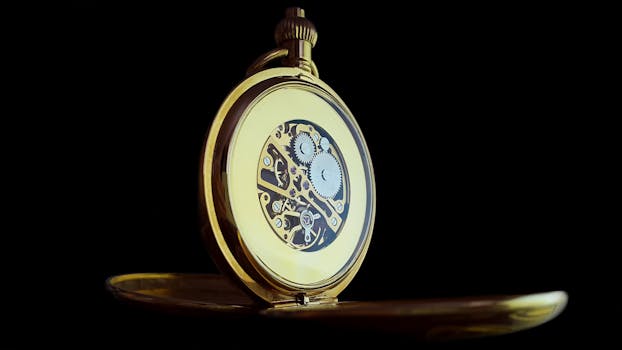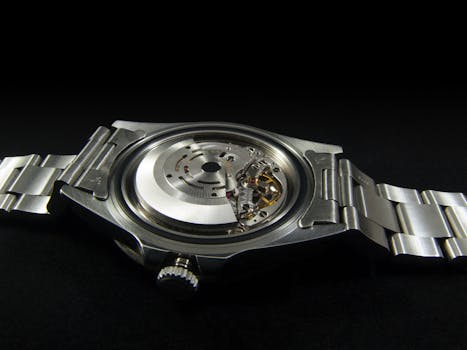
The Impact of Quartz Technology on Traditional Watchmaking
Takeaways: Quartz technology has fundamentally transformed the landscape of watchmaking, enhancing precision, affordability, and accessibility. Traditional mechanical watches have adapted to this innovation while preserving the artistry and heritage of horology.
Introduction

Quartz Technology: A Brief Overview

The Revolution of the Watch Industry
The quartz revolution, often referred to as the “Quartz Crisis,” began in the 1970s, when Swiss watchmakers faced fierce competition from Japanese manufacturers. Brands like Seiko and Casio flooded the market with quartz watches that were not only precise but also significantly cheaper than traditional Swiss timepieces. This shift forced many prestigious brands to rethink their strategies. Some opted to embrace quartz technology, while others focused on preserving the art of mechanical watchmaking.
The result was a diversification of the market. Consumers now had access to a wider range of watches, from affordable quartz models to luxury mechanical pieces. This segmentation allowed traditional watchmakers to carve out a niche, emphasizing craftsmanship, heritage, and the artistry of mechanical movements. Brands like Rolex and Patek Philippe continued to thrive by focusing on high-end mechanical watches, while others, like Swatch, successfully incorporated quartz technology to attract younger audiences.
The Adaptation of Traditional Watchmakers
As the popularity of quartz watches surged, traditional watchmakers had to adapt to the changing landscape. Many brands began to explore hybrid models that combined the precision of quartz with the craftsmanship of mechanical movements. These innovations led to the development of quartz chronographs, which offered the best of both worlds—accuracy and intricate design.
In response to the quartz crisis, some traditional watchmakers emphasized their artisanal heritage, marketing their mechanical watches as luxury items that represented a timeless tradition. This strategy resonated with consumers who valued craftsmanship and were willing to invest in a piece of horological art. The narrative surrounding mechanical watches shifted from mere timekeeping to an appreciation of the intricate engineering and artistry involved in their creation.
Consumer Preferences and Market Trends

Furthermore, the rise of smartwatches has introduced another layer of complexity to the watch industry. These devices often utilize quartz movements for accuracy while incorporating technology that appeals to tech-savvy consumers. Traditional watchmakers are now faced with a new challenge: how to integrate modern technology while preserving the essence of classic horology.
The Future of Watchmaking

In conclusion, quartz technology has had a profound impact on traditional watchmaking, reshaping the industry and influencing consumer preferences. While it posed challenges for mechanical watchmakers, it also created opportunities for innovation and diversification. The future of watchmaking will likely see a continued coexistence of quartz and mechanical movements, each appealing to different segments of the market and reflecting the diverse needs of consumers today.






